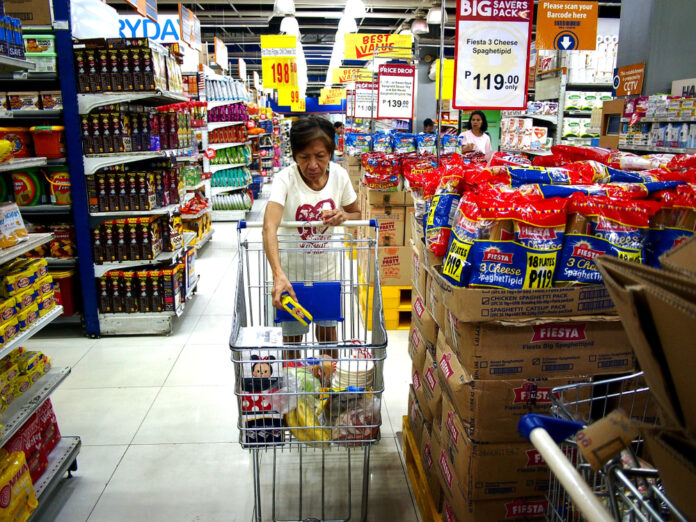Inflation, or the rate of change in prices, steadied at 2.9 percent in January, according to latest price readings by the Philippine Statistics Authority.
Economist and statistician Dennis Mapa, as PSA head, said food and non-alcoholic beverage price increases during the month were offset by housing utilities, education, accommodation services and restaurant prices. It also helped that recreation, sport and culture, information and communication, housing utilities and education slowed during the period.
The latest readings, analysts and observers noted, were the highest since August last year and well above some forecasts averaging only 2.7 percent.
Core inflation, which excludes volatile food and oil prices, also eased to 2.6 percent from 2.8 percent the previous December.
This development will likely encourage the monetary authorities to make appropriate adjustments to the rate at which the Bangko Sentral ng Pilipinas borrows from or lends to banks when the seven-man monetary board meets to decide which way the rate go.
“The possibility of a BSP rate cut next week has increased, with inflation providing room for easing. Weak GDP data could push the central bank to prioritize growth, as Governor Eli Remolona recently noted that the country has a negative output gap and is operating below capacity. He also said that a rate cut is on the table in the upcoming Monetary Board meeting, a signal that often precedes a policy action,” the Bank of the Philippine Islands (BPI) said.
“A key consideration is the potential trade-off between monetary easing and currency stability. The peso may come under pressure if the Federal Reserve leaves interest rates unchanged for longer. The BSP appears to be open to USDPHP moving higher as long as inflation remains within target. A weaker peso could also provide a boost to the economy by improving the peso purchasing power of exporters and OFW households.
“Nevertheless, we believe the scope for cuts this year remains limited. Aside from interest-differential driven portfolio outflow, the economy’s sizable current account deficit makes the economy more vulnerable to intensifying external shocks i.e. global trade tensions. Cutting the policy rate aggressively could amplify this vulnerability and exert unmanageable pressure on the Peso. We therefore continue to expect a total of 50 bps in RRP rate cuts this year, which will bring the policy rate to 5.25% by year-end,” BPI said.







